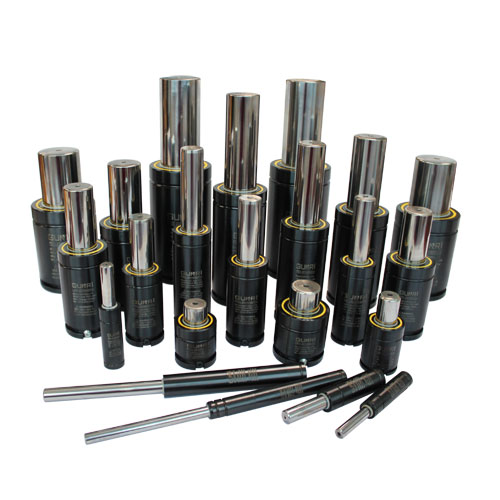What are the different types of guide bushes in Mould?
Guide bushes play a crucial role in the functionality and precision of plastic injection molds. Among the commonly used guide sleeves, two main categories stand out: the straight guide bush and the headed guide bush. In this comprehensive exploration, we delve into the characteristics, applications, and advantages of each type to provide a deeper understanding of their role in mold design and manufacturing.
1. Straight Guide Bush: Simplicity and Versatility
The straight guide bush is a fundamental component in plastic injection molds known for its simplicity and versatility. Its straightforward structure makes it easy to manufacture, and it is particularly suitable for application in small and uncomplicated molds. This type of guide bush excels in providing essential guidance for mold components, ensuring precision in the assembly and operation of the mold.
Key Features:
- Simple and uncomplicated design.
- Ease of manufacturing.
- Versatility in application, especially for small molds.
- Provides essential guidance for mold components.
Applications: Straight guide bushes find widespread use in molds where simplicity and precision are paramount. They are commonly employed in molds for smaller plastic components and in scenarios where uncomplicated guidance is sufficient.
2. Headed Guide Bush: Precision in Complex Molds
The headed guide bush takes mold guidance to a higher level, especially in situations that demand precision in complex molds. This type of guide bush features a more intricate design, with a head that enhances its performance in guiding intricate mold components. The added complexity in design allows for improved stability and accuracy in the mold assembly.
Key Features:
- More intricate design with a distinctive head.
- Enhanced stability and precision in mold assembly.
- Ideal for complex molds with intricate components.
- Ensures accurate guidance in challenging molding scenarios.
Applications: Headed guide bushes are the preferred choice when dealing with complex molds that have intricate components requiring precise guidance. They find applications in molds for larger and more intricate plastic parts, where the demand for accuracy is heightened.
Choosing the Right Guide Bush for Your Molding Needs:
The selection between a straight guide bush and a headed guide bush depends on the specific requirements of the mold design. For simpler molds with smaller components, a straight guide bush may provide a cost-effective and efficient solution. On the other hand, when precision is paramount, especially in larger and more complex molds, opting for a headed guide bush ensures the necessary stability and accuracy.
In conclusion, understanding the distinct characteristics and applications of straight and headed guide bushes empowers mold designers and manufacturers to make informed decisions, resulting in optimized mold performance and product quality. Whether simplicity or precision is the priority, the right choice of guide bush contributes significantly to the overall success of plastic injection molding processes.





